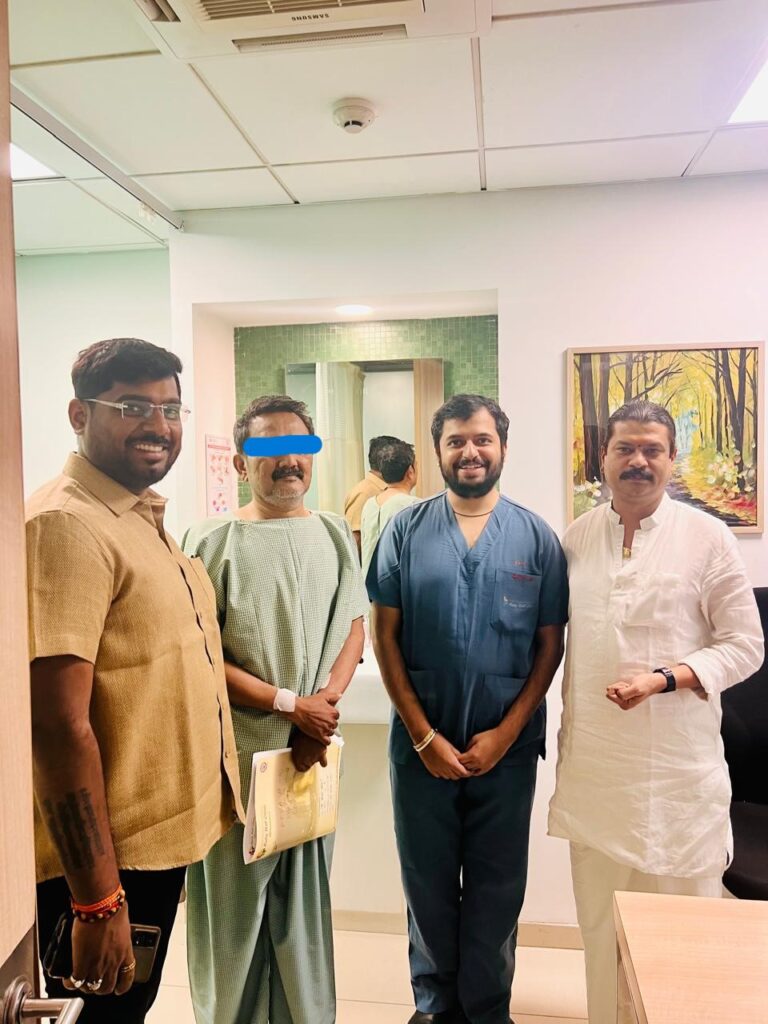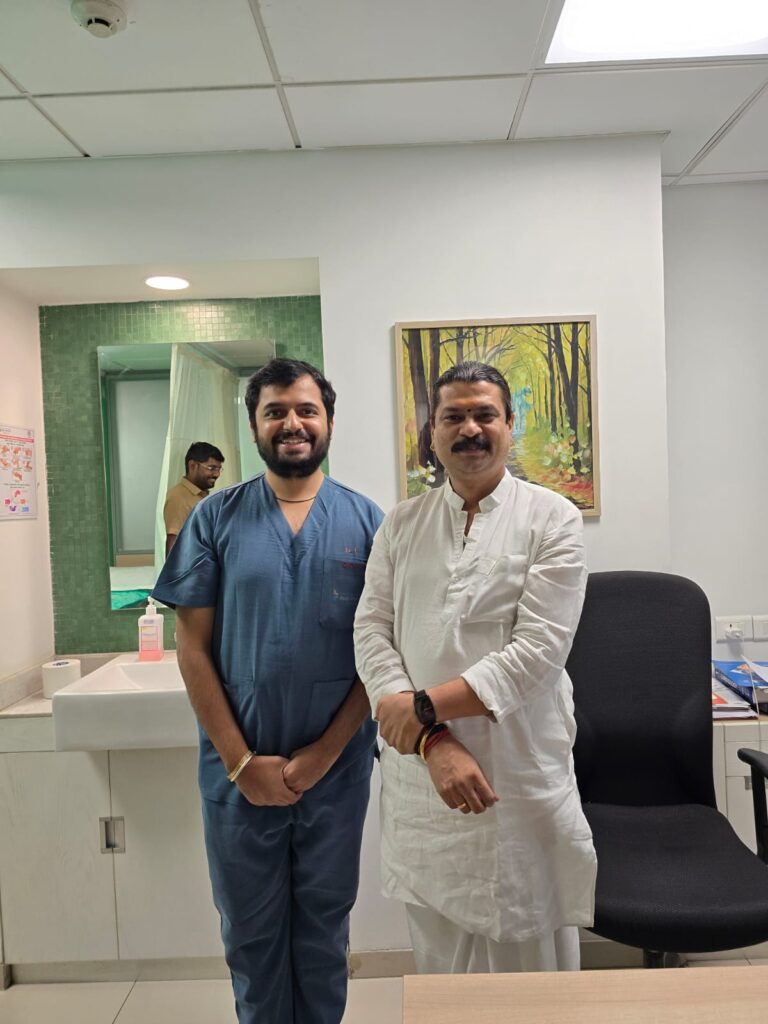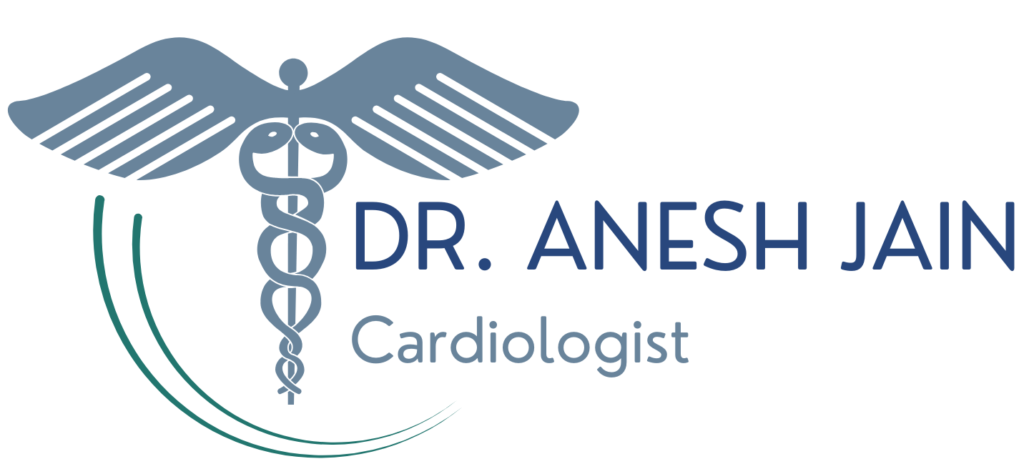- Ruby Hall Clinic, near Wanowrie, Pune, Maharashtra
- Mon - Fri: 9:00 am - 4:00 pm
Lorem ipsum dolor sit amet, consectet eiusmod tempor incididunt ut labore e rem ipsum dolor sit amet. sum dolor sit amet, consectet eiusmod.
Visiting Hours
| Mon - Fri: | 8:00 am - 8:00 pm |
| Saturday: | 9:00 am - 6:00 pm |
| Sunday: | 9:00 am - 6:00 pm |
Gallery Posts






Total Trouble!


A 51-year-old gentleman has been a known case of chronic pancreatitis with diabetes mellitus for the past 11 years. The patient had chest pain 3–4 months ago when I met him, for which he had sought treatment in a peripheral hospital. An angiogram was done in view of a heart attack, which showed one vessel that was totally occluded as is in a heart attack. However, as a result of the patient having long-standing pancreatitis, the blockage that had developed was calcified, and an angioplasty was attempted in a peripheral hospital, which was not successful.
The patient and his relatives were distressed and were looking for options for his treatment. After consulting many cardiologists and surgeons, the patient was turned away in view of the high-risk nature of his case. The patient was ready to undergo bypass surgery as well; however, after consulting the surgeon, the patient was advised to get enlisted for a heart transplant.
The patient had lost all hope when he came to me. When the patient met me, his heart pumping capacity was just 30% (the normal range is 50–60%). After a thorough evaluation of his angiogram and other tests, I advised the patient to undergo a repeat attempt at an angioplasty of the occluded vessel. It was a challenge, as angioplasty had already failed in a peripheral setup. The patient, after counseling, promptly agreed to a repeat angioplasty.
When a vessel is occluded for more than 3 months, it is classified medically as a CTO (chronic total occlusion).
With the vast experience I had in managing such cases, I was able to negotiate through the occluded vessel and place two stents in the vessel. The patient had an uneventful procedure and had immediate relief from symptoms. The patient was discharged the next day and is now under follow-up with a heart pumping capacity close to 50% and no residual symptoms. The patient avoided bypass surgery and a heart transplant!
This case shows that there is always hope if you receive the right guidance. For me as an operator, it was a personification of the words “Fortune favors the brave.”
Regards,
Interventional Cardiologist


